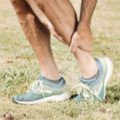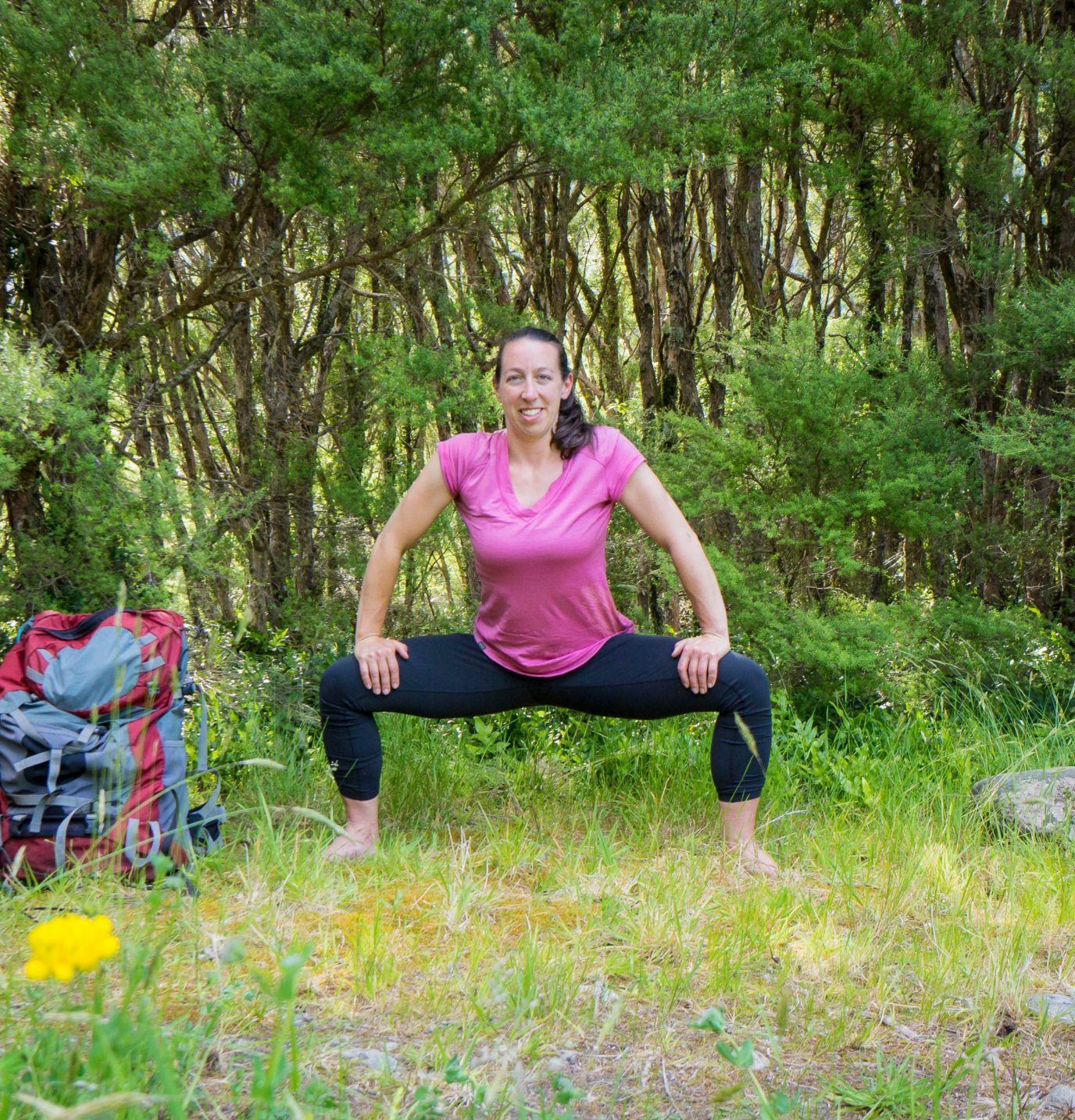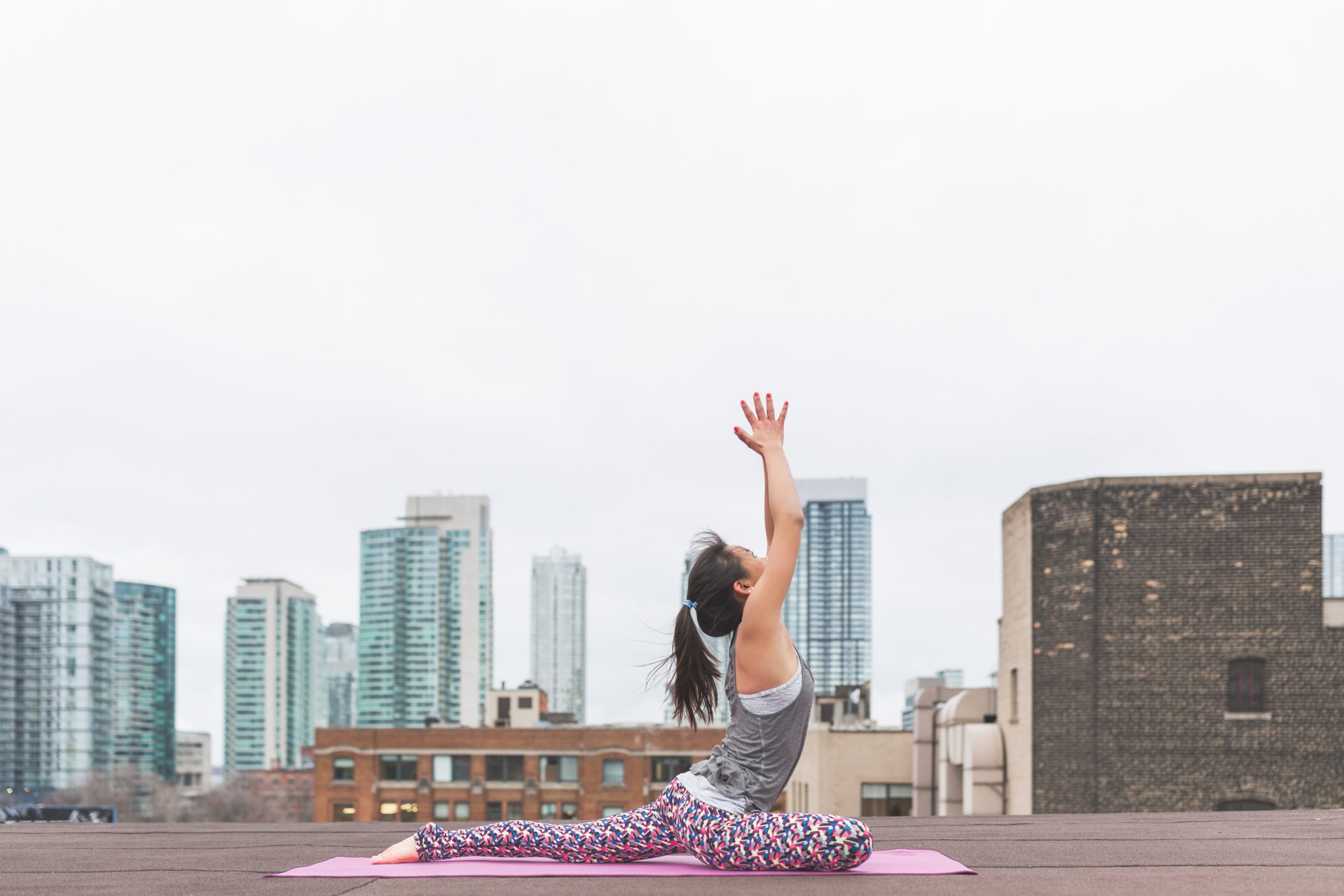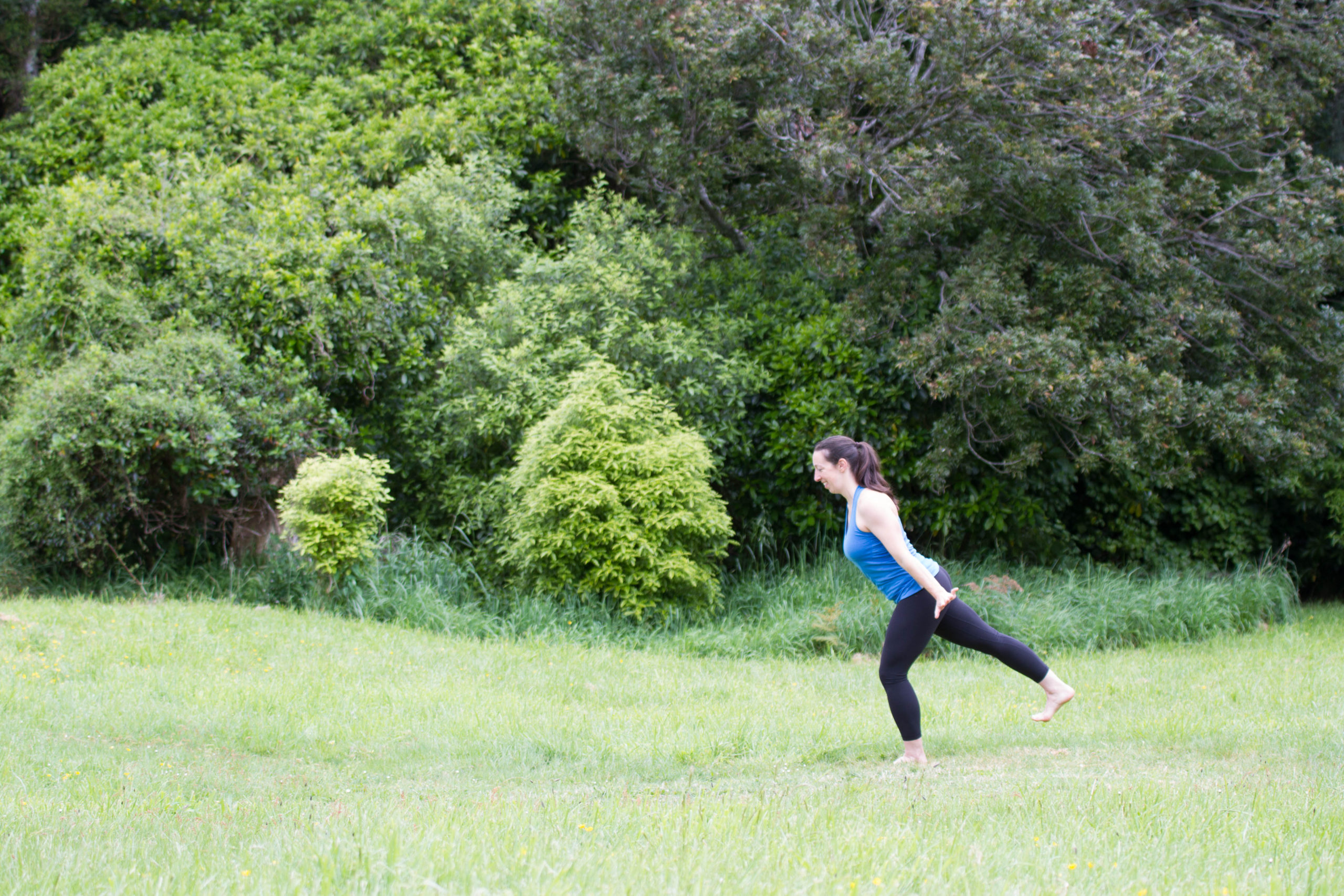Last week, I wrote about how going to yoga to stretch a recent acute injury is not always the best approach to help recovery. So what is? We’ve all heard of R.I.C.E. as a common approach to help manage and recover from acute injuries. The acronym stands for Rest, Ice, Compression and Elevation.
But after my own recent injury, I learned about a new acronym from local physiotherapist Sam Jewell, called P.O.L.I.C.E. This stands for:
- Protect
- Optimal Load
- Ice
- Compression
- Elevation
The key difference is replacing rest with protect and optimal load. While our body does require some rest to recover, like anything, too much rest may have negative consequences, like extra weakness or stiffness, or compensation in other areas of the body.
We do still need to rest in the first days (usually at least 48 hours) after an injury, followed by gentle movement – but keeping in mind that you might need to protect the injured area. Protect could mean something physical like a brace or tape, or simply being cautious in your movements. Optimal load is a progressive increase in movement and weight bearing to the injured area that results in optimal healing.
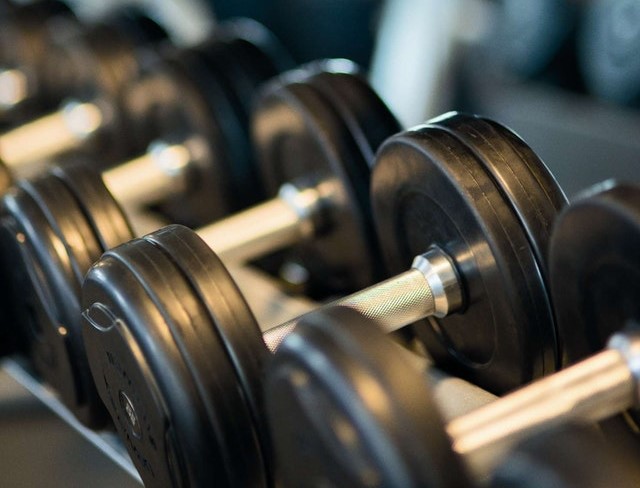
The acronym was discussed in a 2012 Editorial to the British Journal of Sports Medicine, which explained that:
Optimal loading means replacing rest with a balanced and incremental rehabilitation programme where early activity encourages early recovery. Injuries vary so there is no single one size fits all strategy or dosage. A loading strategy should reflect the unique mechanical stresses placed upon the injured tissue during functional activities, which varies across tissue type and anatomical region.
PRICE needs updating, should we call the POLICE? British Journal of Sports Medicine 2012;46:220-221.
It’s a little bit technical, but essentially it means that progressive gentle movement appropriate to you and the type of movement you normally do, is an important step in the recovery process. It might still be hard to imagine what that means. For a practical example, recovery from an ankle sprain could involve progressing from squats, to small jumps to jumping off a step to jumping off progressively taller steps. A more detailed British Journal of Sports Medicine article identifies that variations in the magnitude, direction and rate of loading also affect the healing process.
Researchers and health practitioners hav been continuing to evolve their ideas of injury recovery. Physiopedia’s article on Soft Tissue Injuries explains the shift from RICE to PRICE to POLICE, to now PEACE and LOVE. In fact, this 2020 British Journal of Sports Medicine article looked at Soft-tissue injuries simply need PEACE and LOVE.
But I think one of the best messages to take home is from this article which reviewed studies of the R.I.C.E method on ankle sprains. They found there wasn’t enough evidence from existing research (in 2012) to determine that R.I.C.E was an effective approach. There conclusion and your take-home message?
Treatment decisions must be made on an individual basis, carefully weighing the relative benefits and risks of each option, and must be based on expert opinions and national guidelines.
What Is the Evidence for Rest, Ice, Compression, and Elevation Therapy in the Treatment of Ankle Sprains in Adults? Journal of Athletic Training, 1 July 2012; 47 (4): 435–443.

